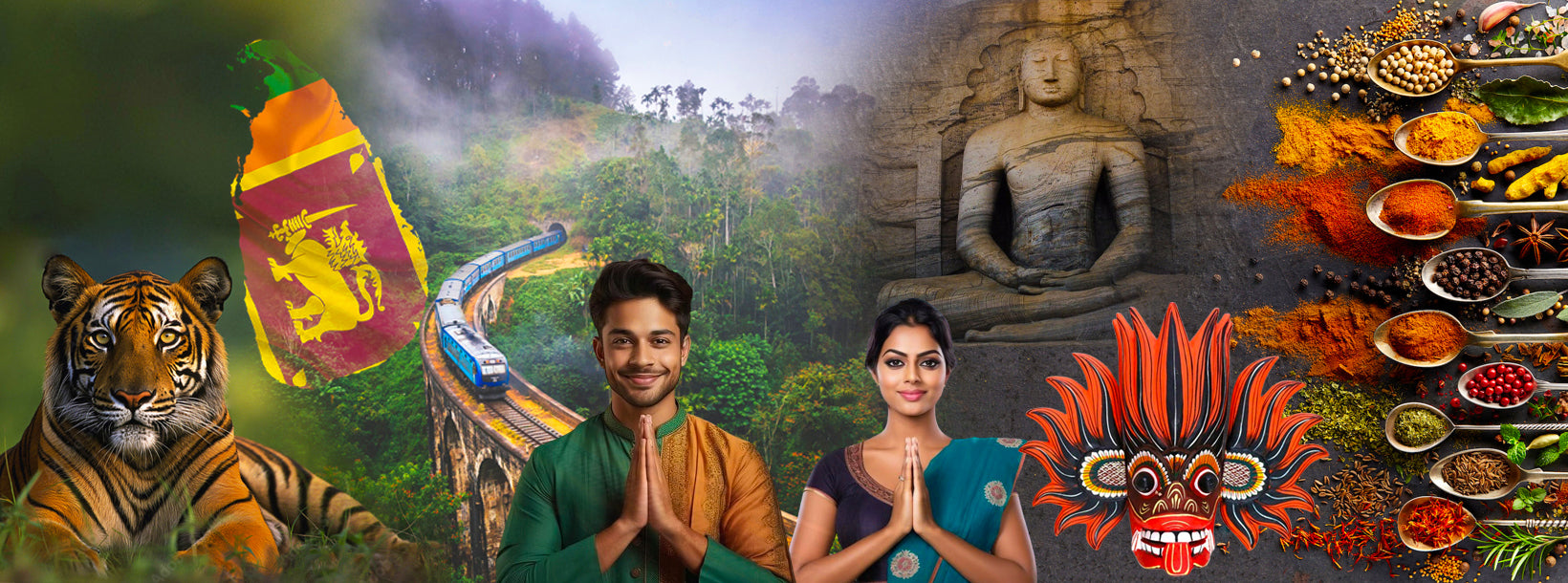
스리랑카
남아시아의 섬나라 스리랑카는 풍부한 문화 유산, 다채로운 자연 경관, 그리고 야생 동물로 유명합니다. 유서 깊은 사원, 깨끗한 해변, 울창한 차 농장, 그리고 활기 넘치는 축제 등 다채로운 매력을 자랑합니다. 스리랑카만의 독특한 문화, 따뜻한 환대, 그리고 맛있는 요리는 여행객들에게 매력적인 여행지로 자리매김합니다.
Biodiversity
BIOLOGICAL DIVERSITY: Biological diversity or biodiversity, refers to the variety of life in all its forms including plants, animals and microbes that exist and interact in the various biological communities and ecosystems. The levels of biodiversity necessary to preserve ecological diversity are genetic diversity, species diversity and eco systems diversity.
Genetic diversity
Genes are the units for transferring characteristics from one generation to another. For example, a child may have her father’s eye colour and mother’s build because he or she inherits genes responsible for those features from her parents.
Genetic diversity is the diversity of genes within a species. It is a measure of the variety of different versions of the same gene within individual species
For instance although all human beings belong to the species Homo sapiens, the Africans, Asians, and Americans differ from each other owing to genetic diversity. Genetic diversity is a prerequisite for all other forms of biodiversity and the basis for evolution.
Species diversity
Species diversity refers to the variety of living organisms on earth that are found within individual communities or ecosystems. It is measured by counting the total number of species. For instance, the leopard, the grey horn bill, the Asian elephant, and purple-faced leaf monkey belong to different species. The most common gauge of biodiversity is the number of species in a given area. This is called species richness.
Different groups of species are found in different places on the earth. The distribution and the patterns of richness are determined by evolution, ecological processes and human activities. Species interact with other species for survival. An interacting group of different species is called a community.
Biodiversity of Sri Lanka
The species diversity of Sri Lanka shows that we have 4000 species of flowering plants, 107 species of freshwater fish, 59 species of amphibians, 174 species of reptiles, 435 species of birds, 140 species of mammals and several thousand invertebrates. Within the Asian region Sri Lanka has the highest species density for flowering plants, amphibians, reptiles and mammals. Sri Lanka also has the second highest population density of humans. Species density is the number of a particular species per 1000 sq. km.
Endemism
A species can be either introduced or indigenous. Indigenous means native to an area. Those found only in one area or only in a country is known as endemic species. There are a large number of endemic species in Sri Lanka. This means that these species are found only in this country and in some instances only in particular areas or ecosystems. If any of these endemic species become extinct, they cannot be retrieved from any other part of the world since they do not exist anywhere else.
Percentage of our endemic species
The following are the details of the percentage of each species that is endemic to the island.
- Fish – 41%,







